ORAL PATHOLOGY DEFINITIONS PATHOLOGY DEFINITIONS PATHOLOGY DIAGNOSIS DEFINITIONS








































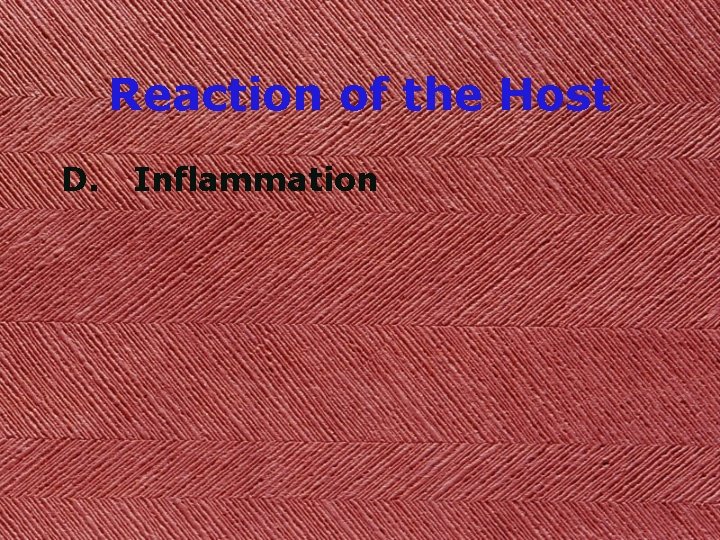
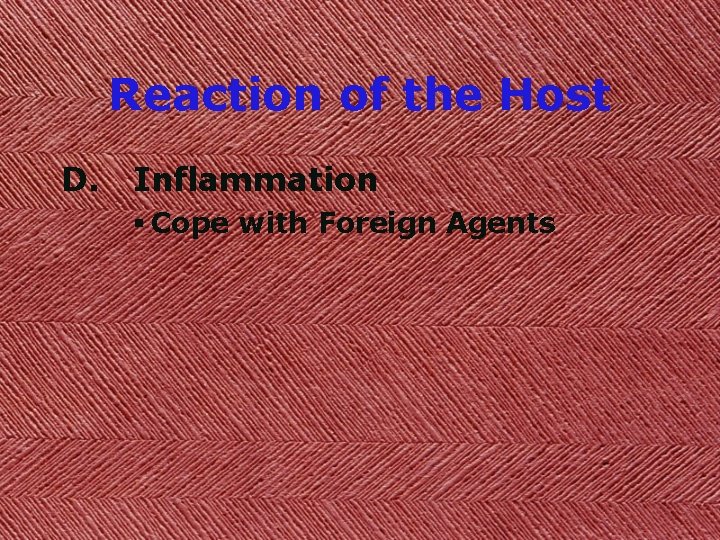
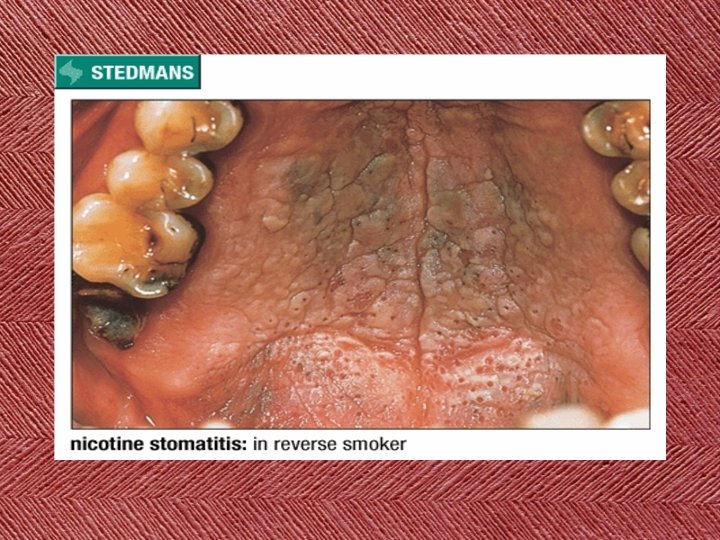
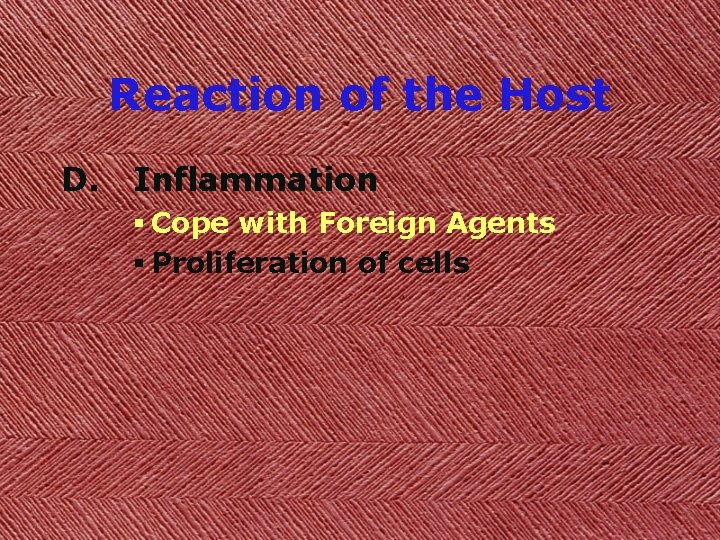



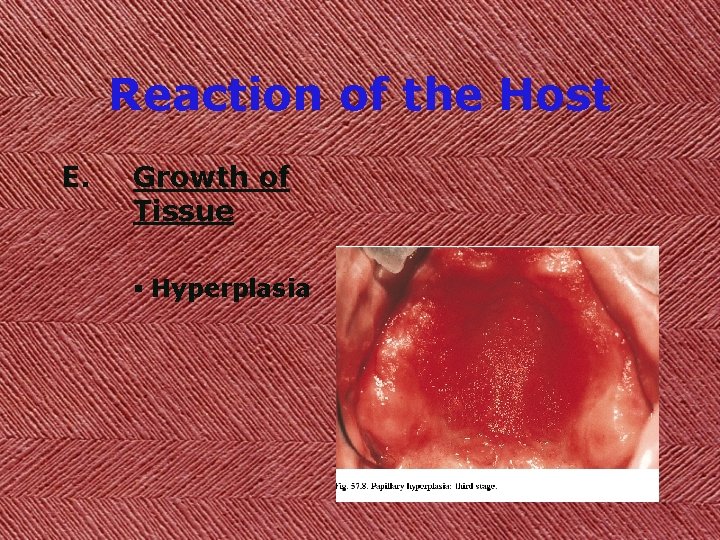

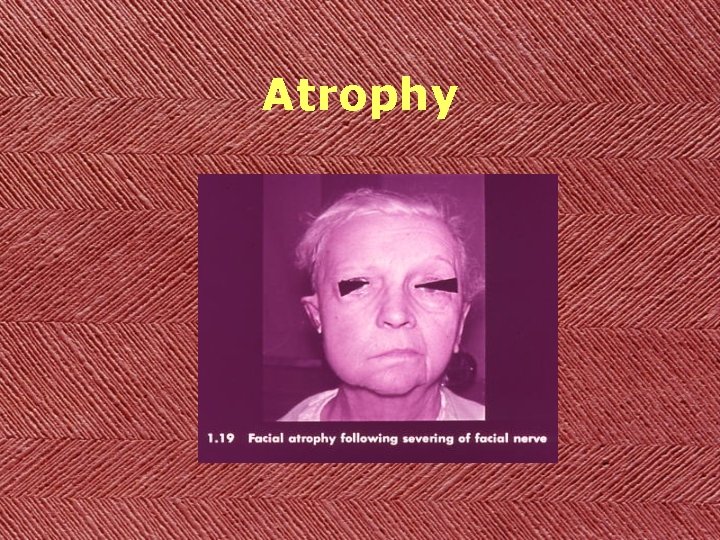
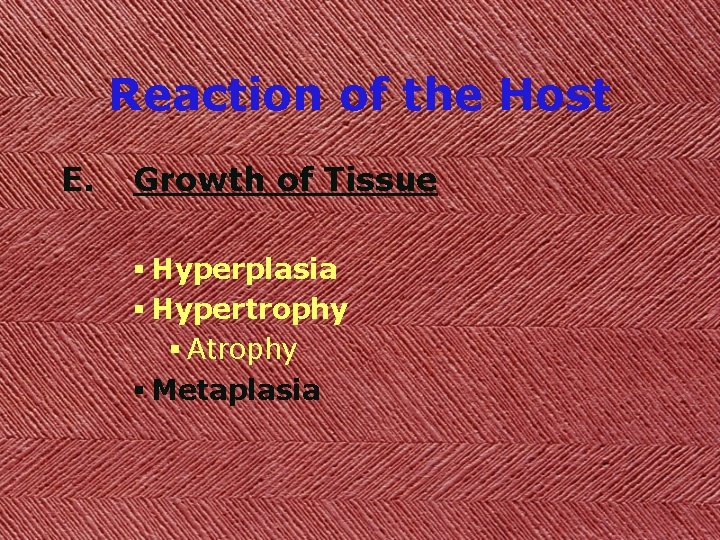
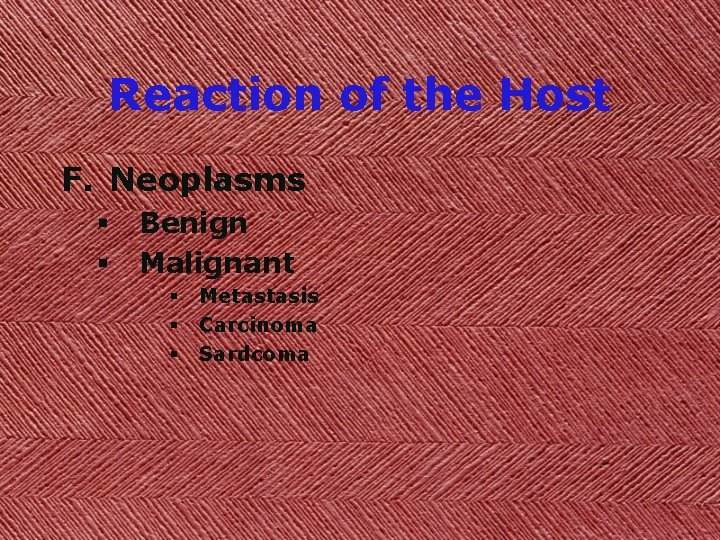
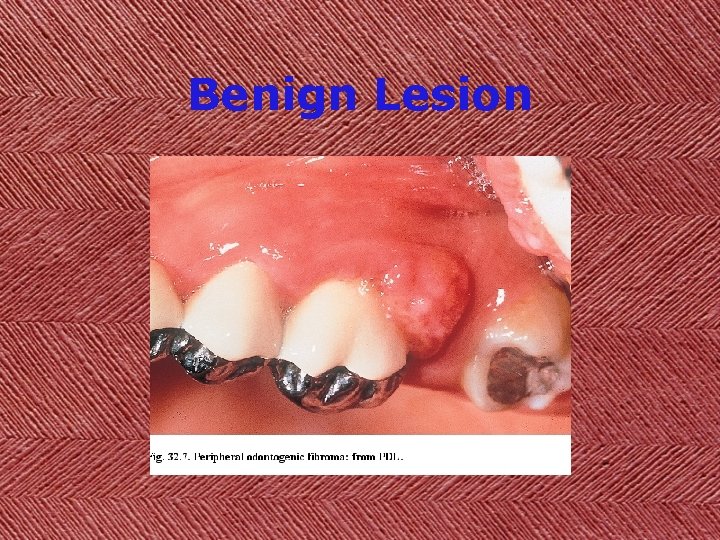
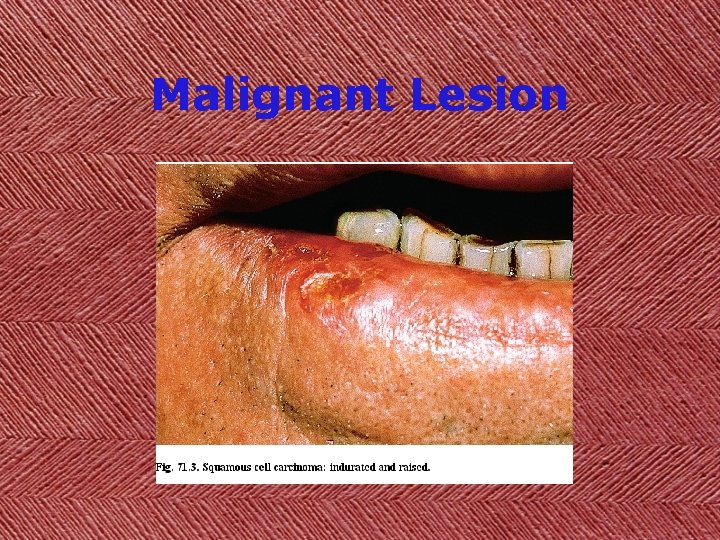


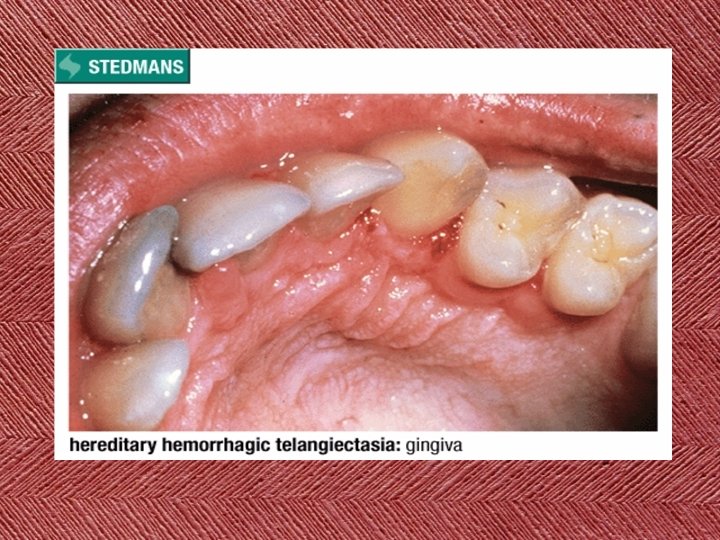
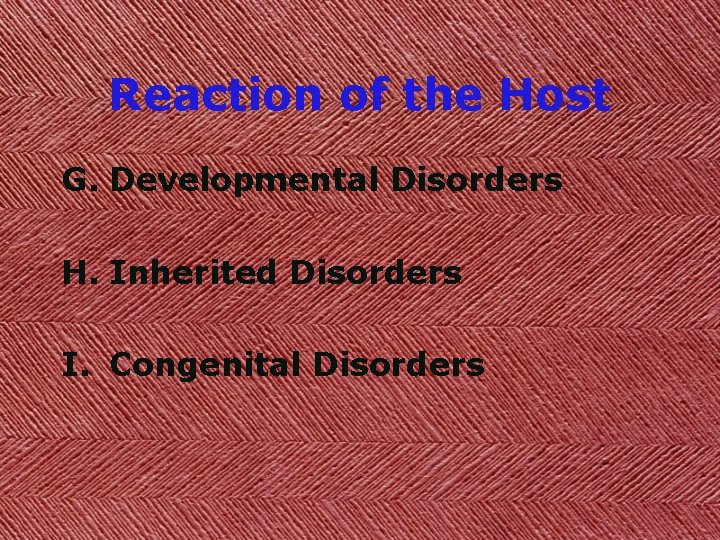
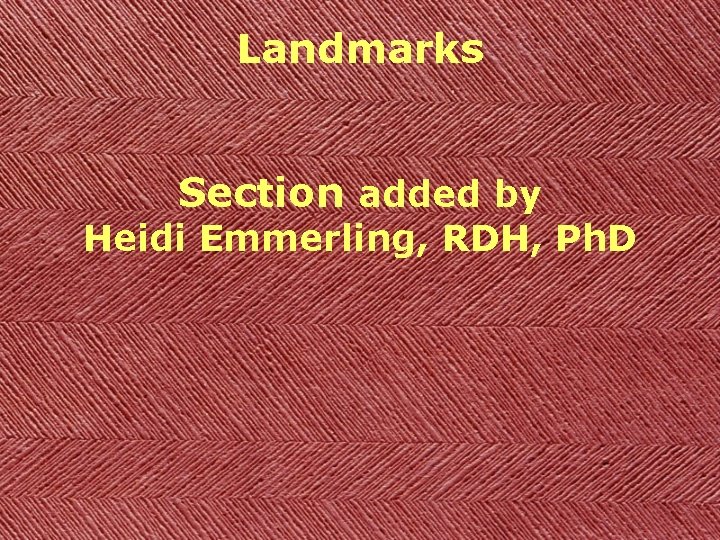
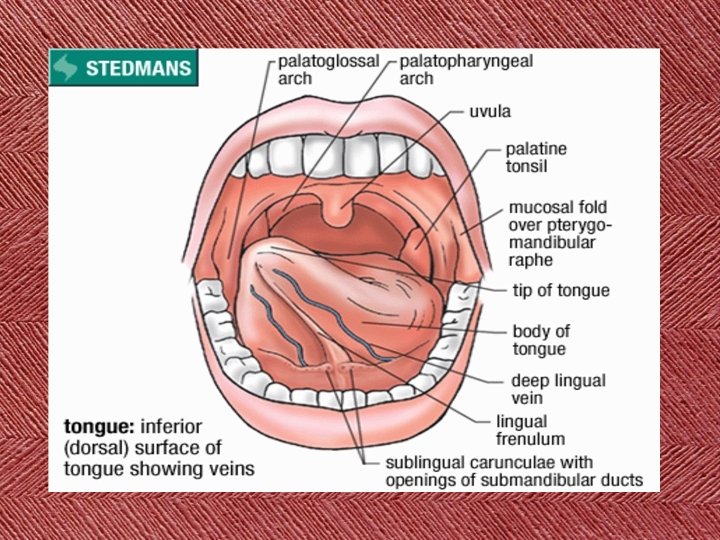
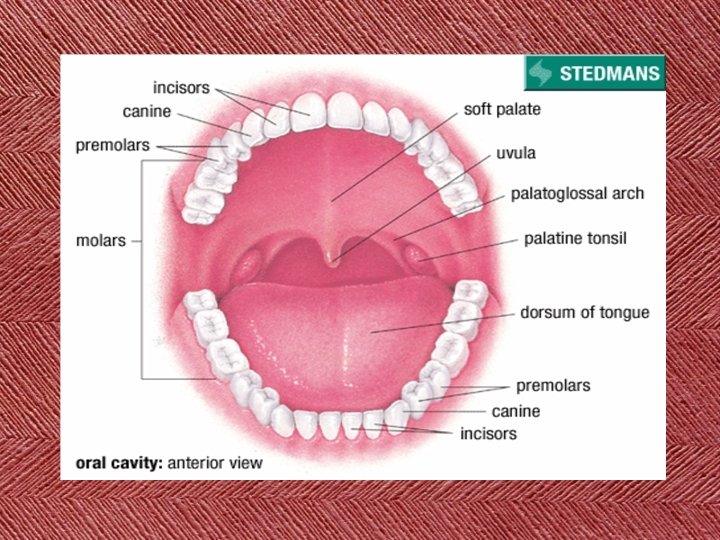
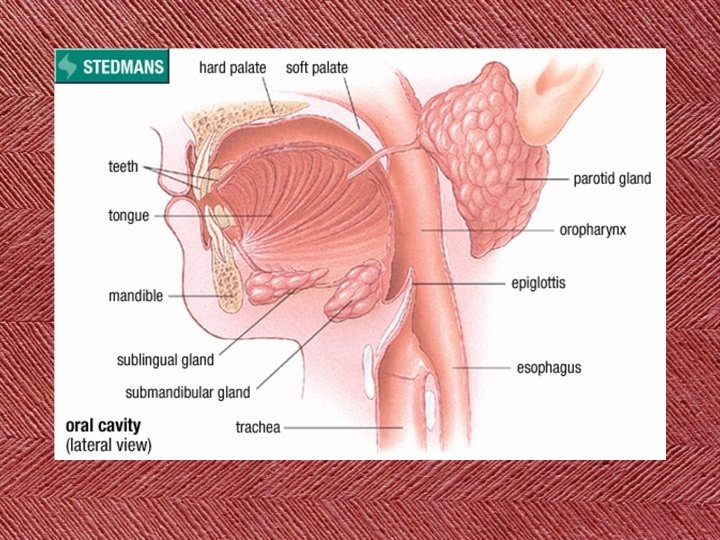
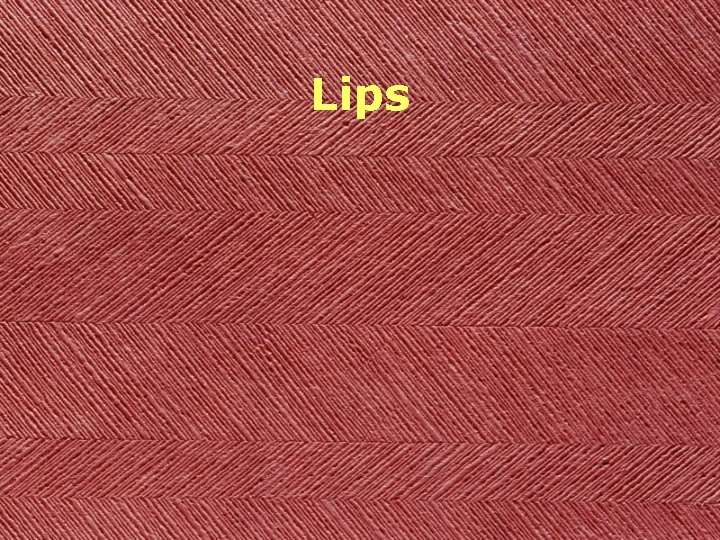
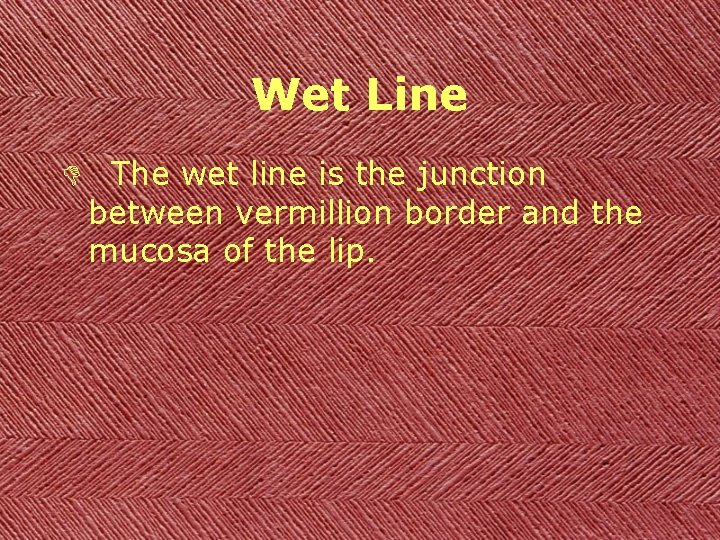
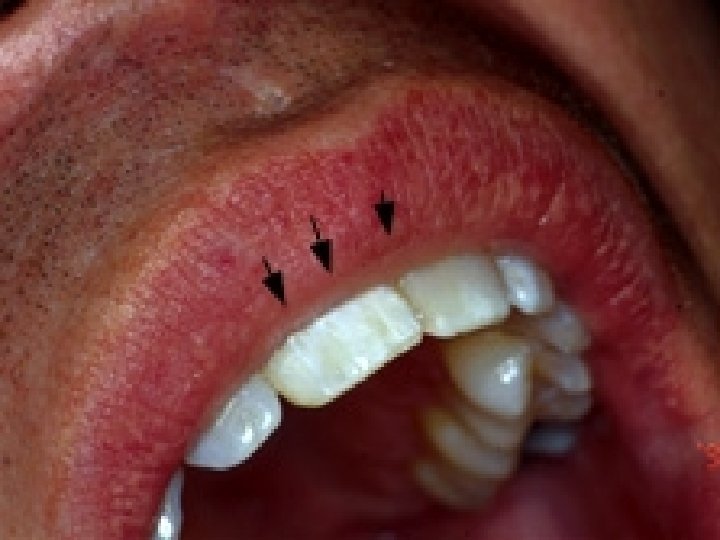
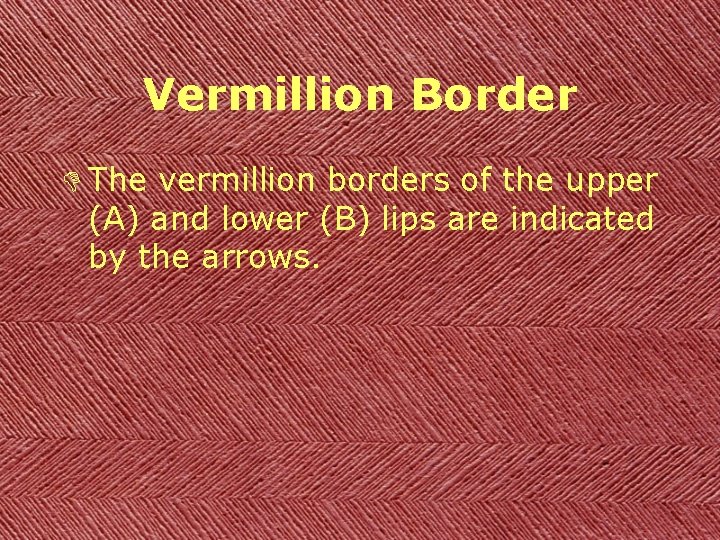
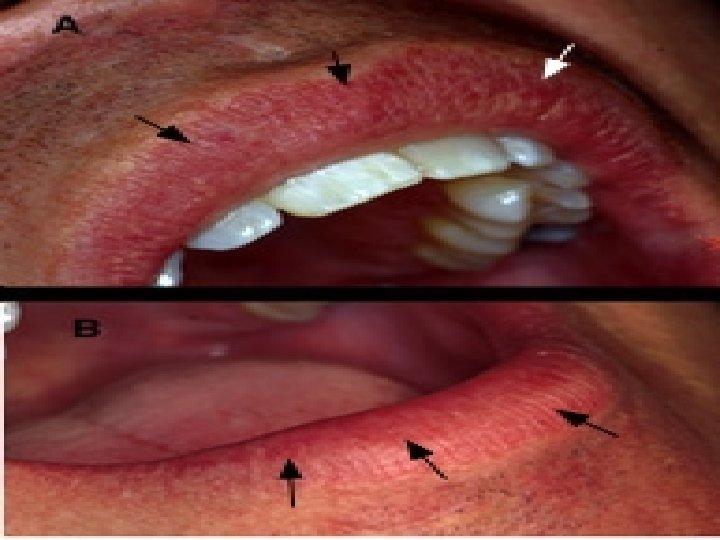

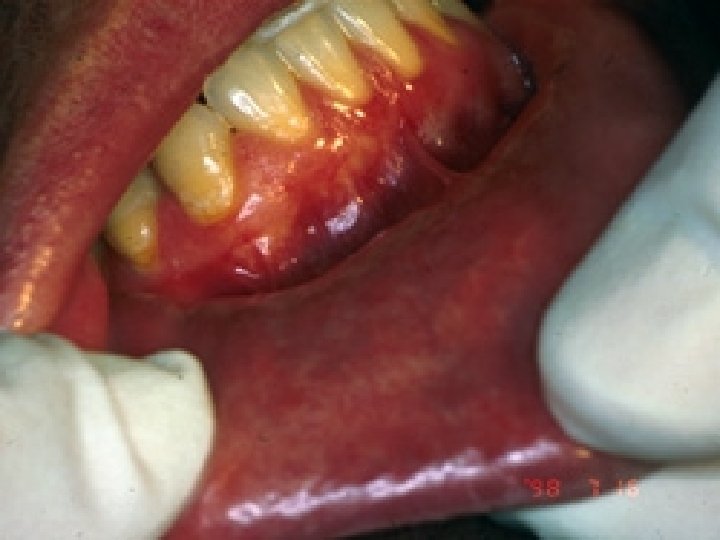
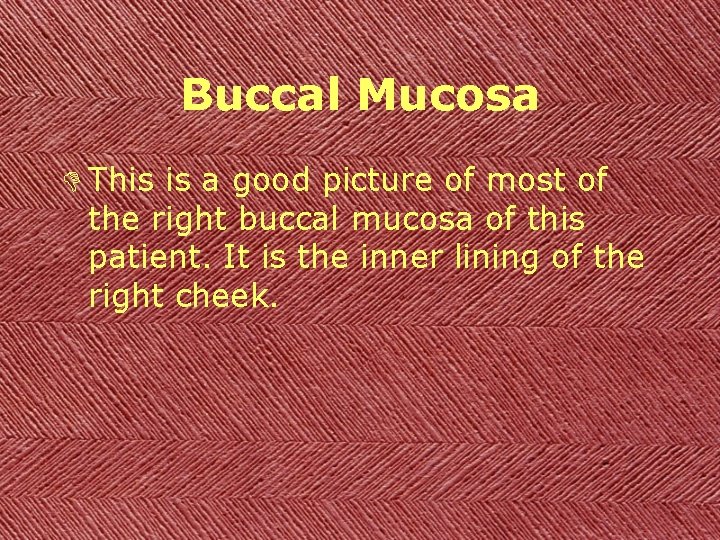
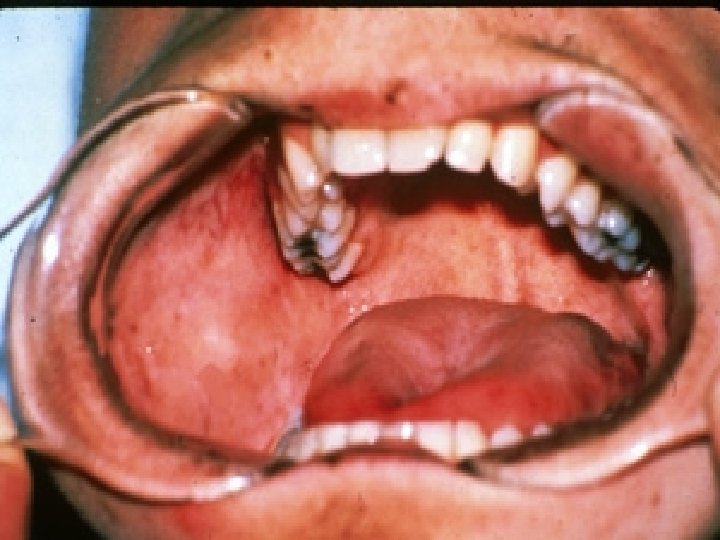
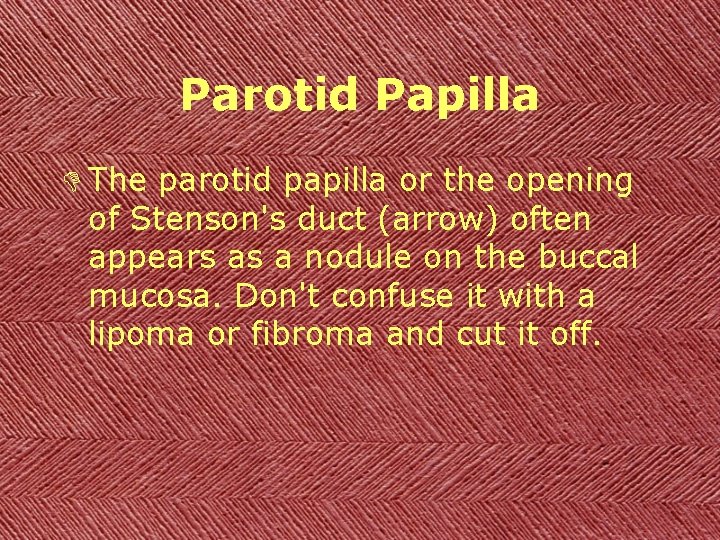
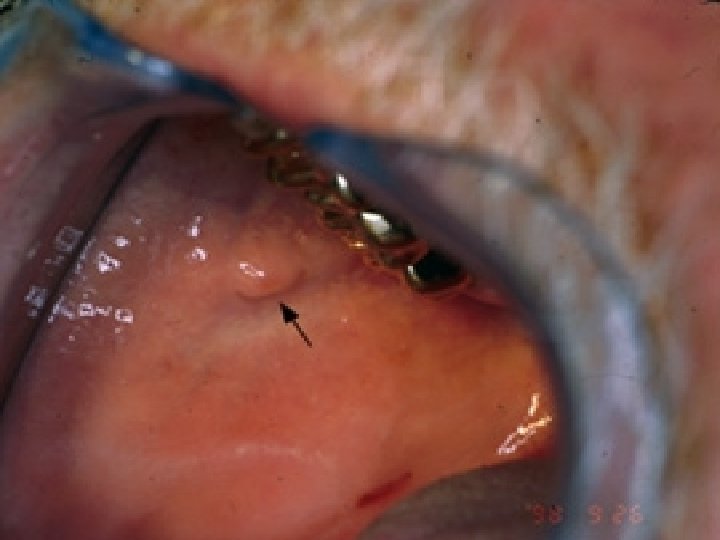


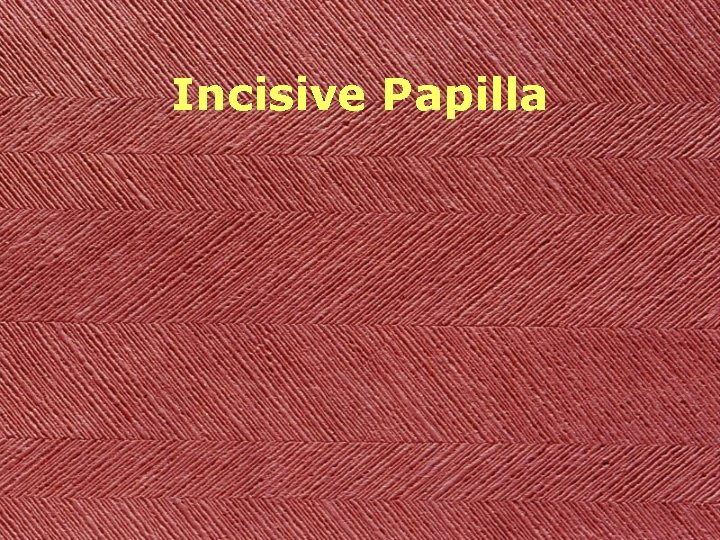


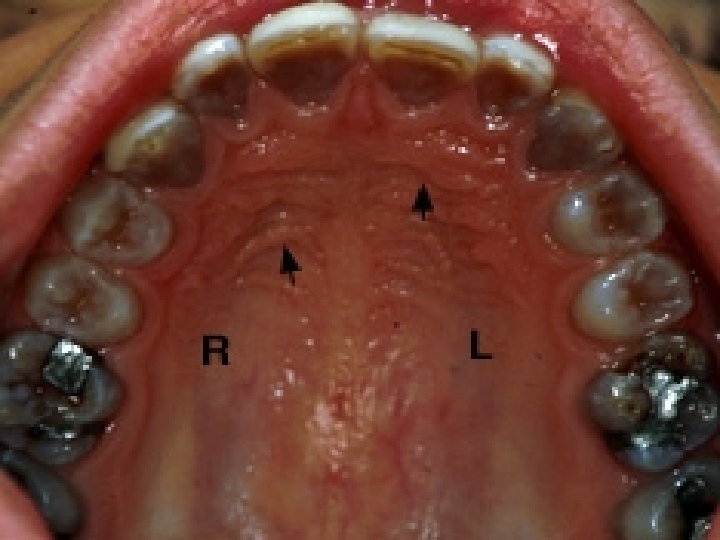

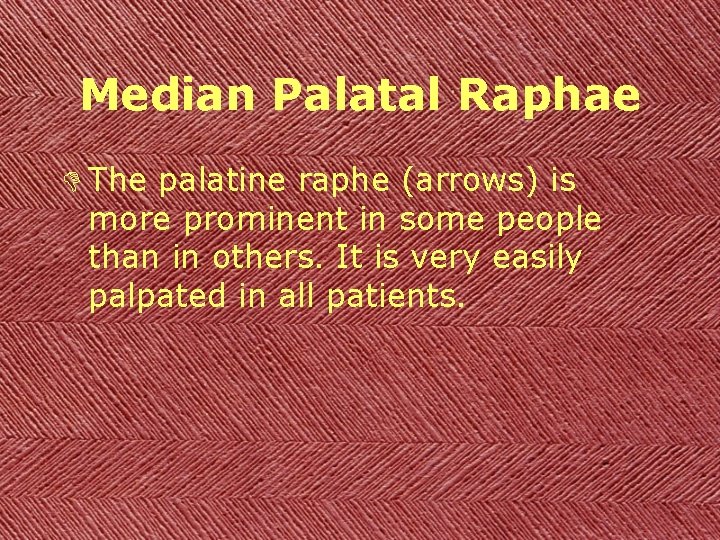

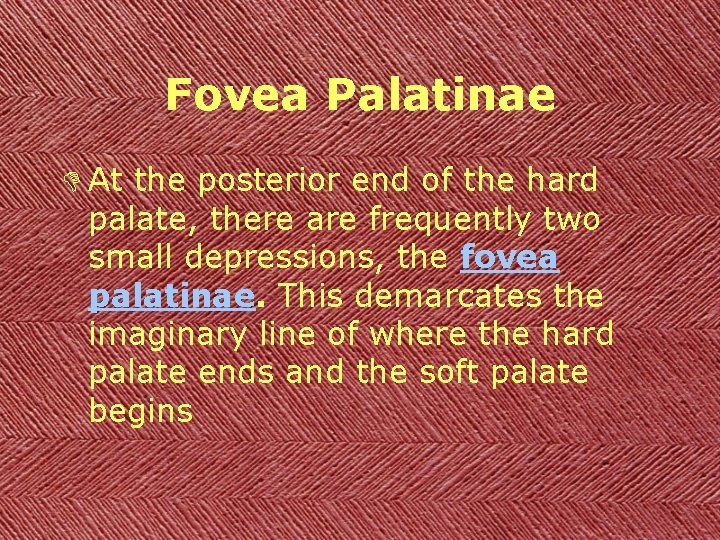

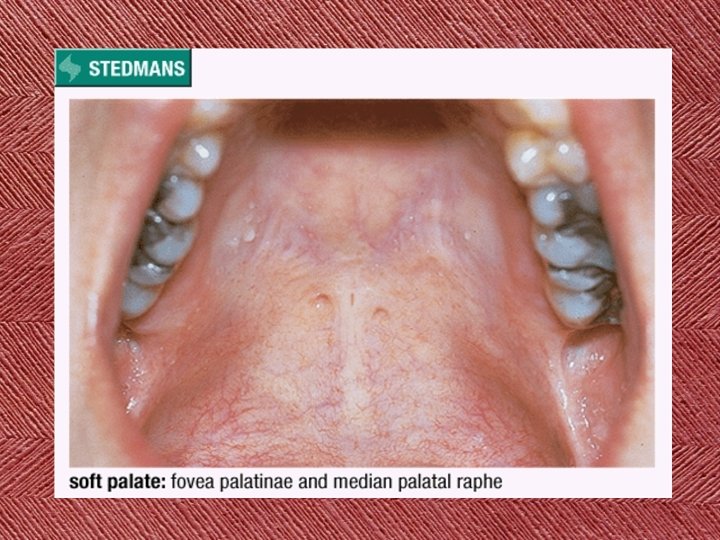
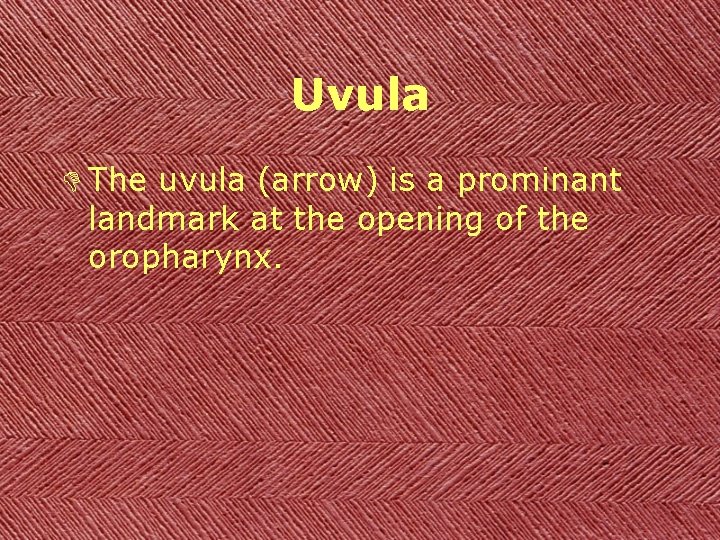
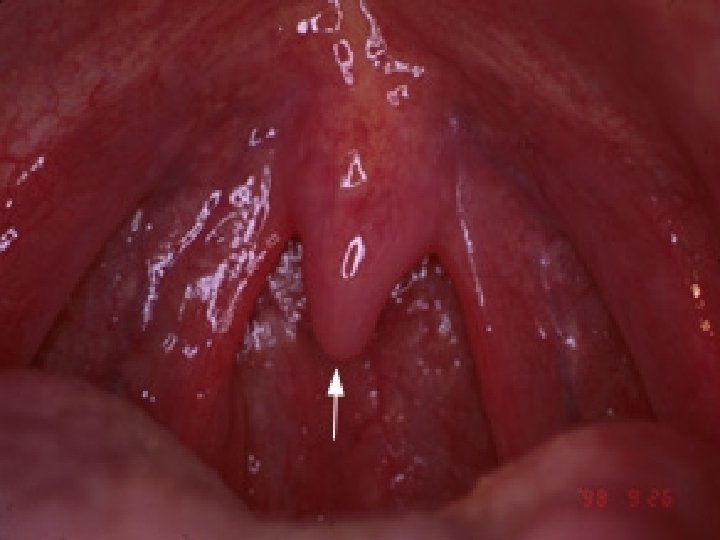

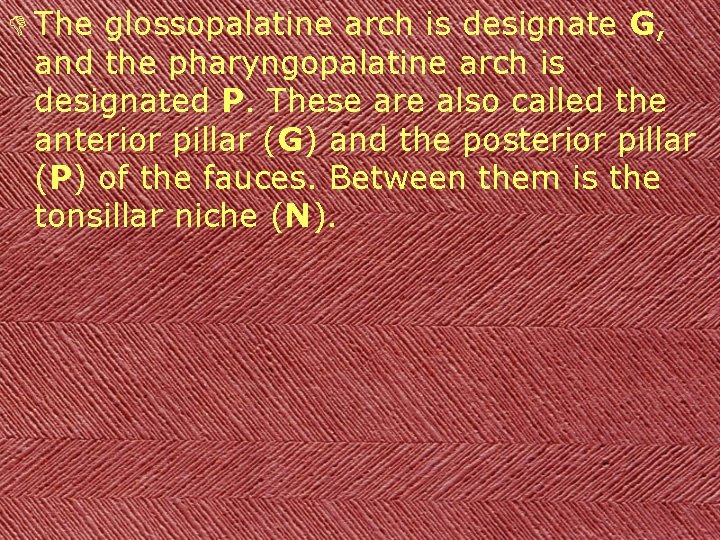
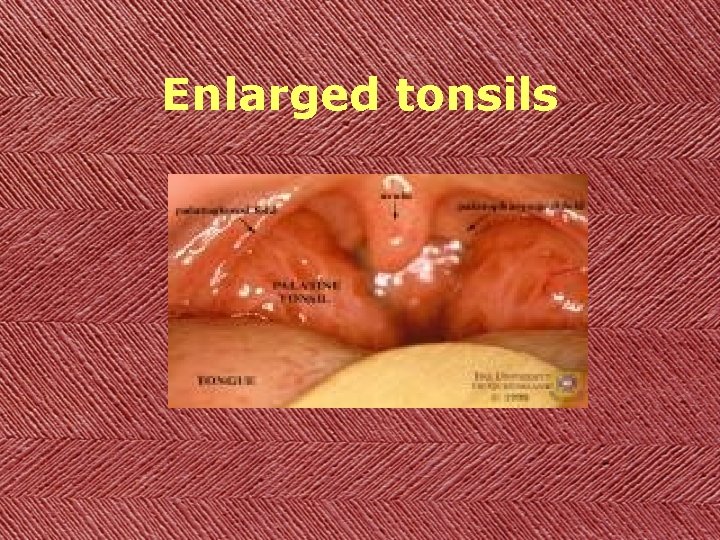
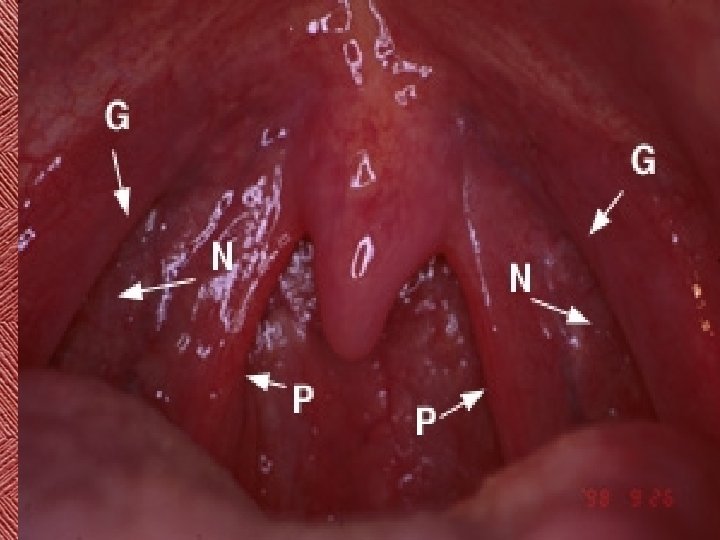
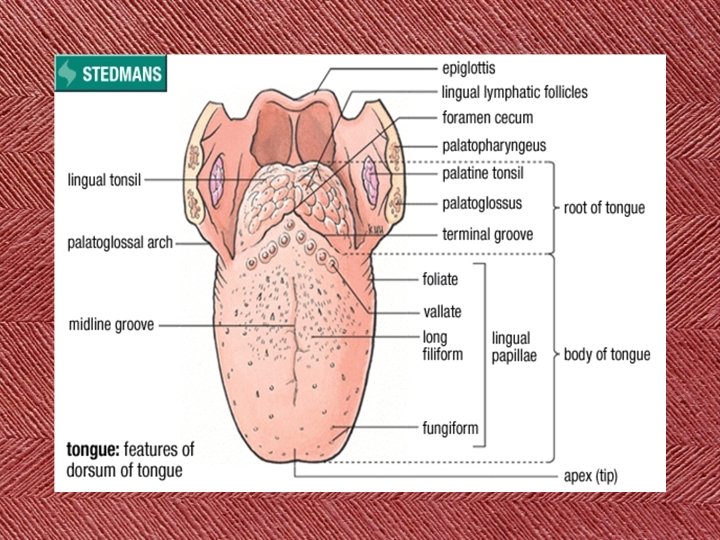
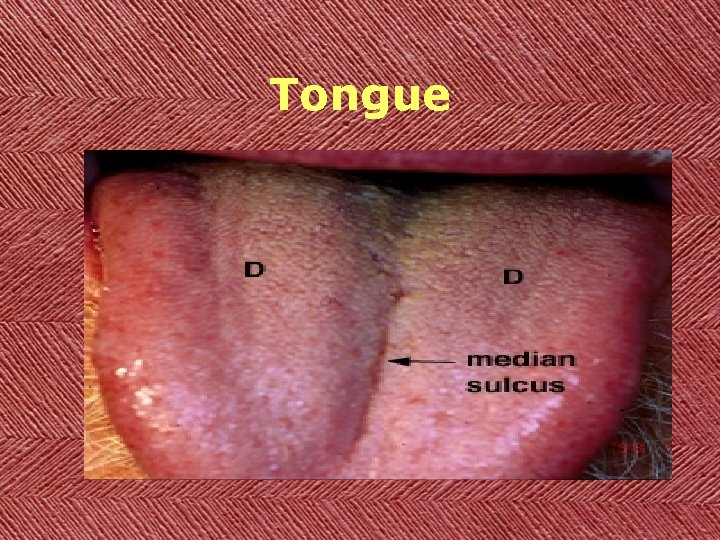
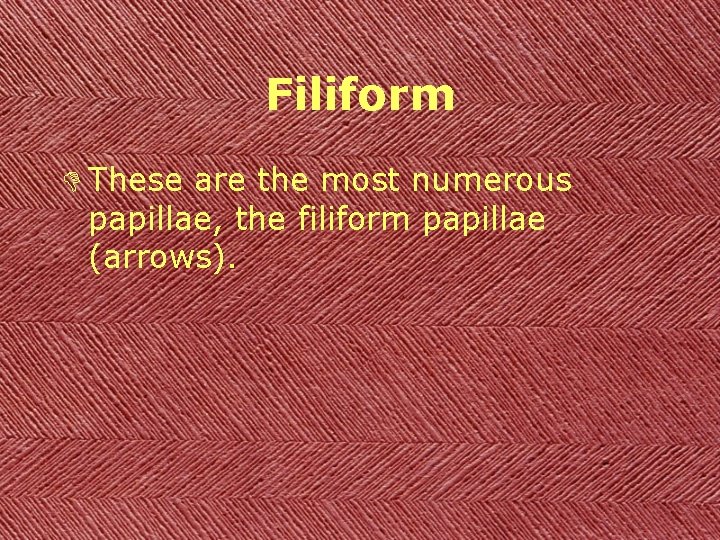
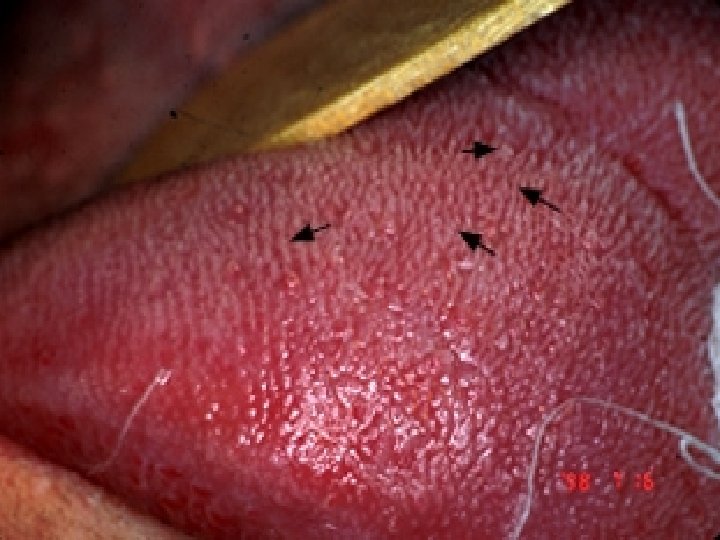
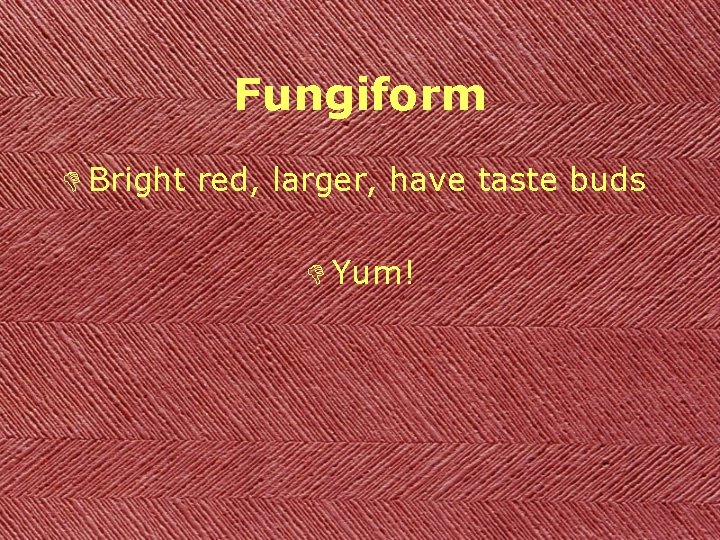
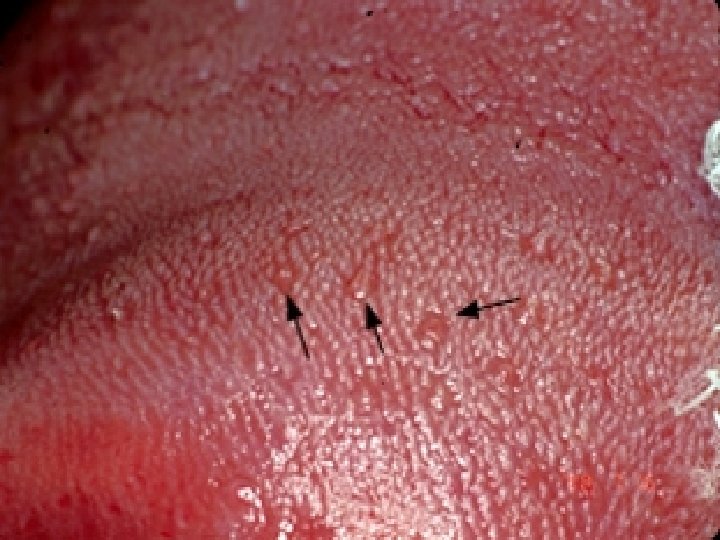
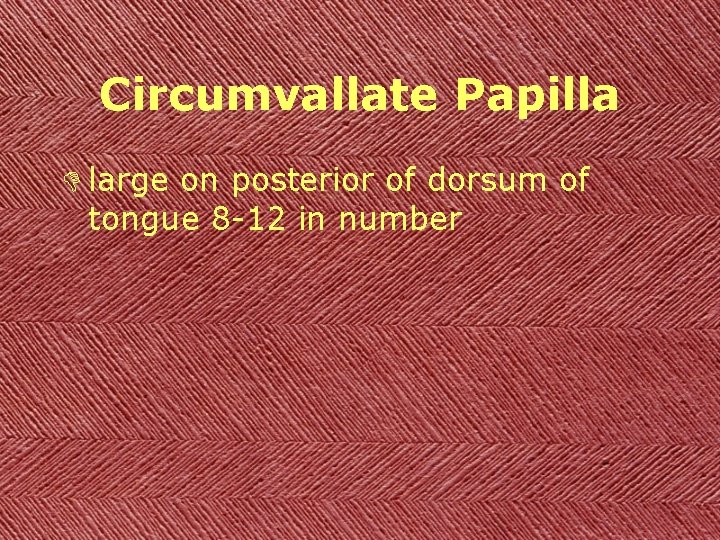
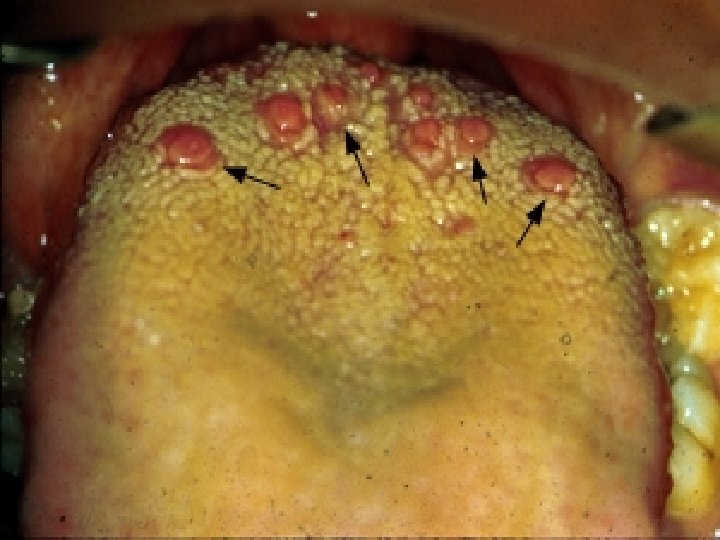

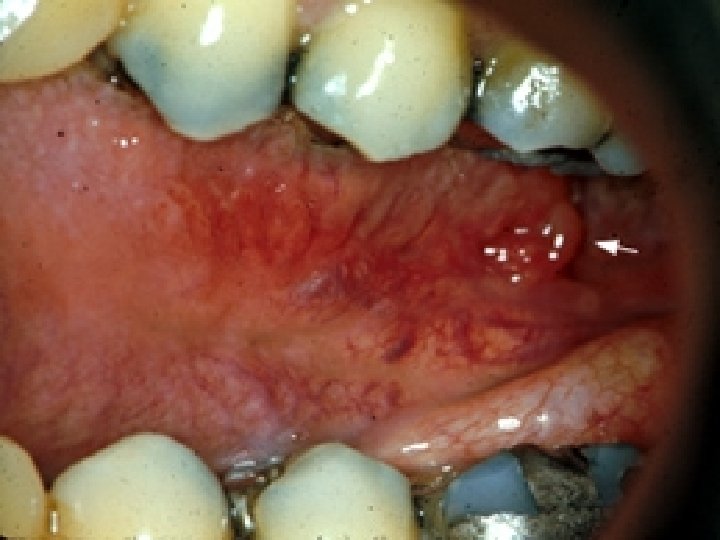

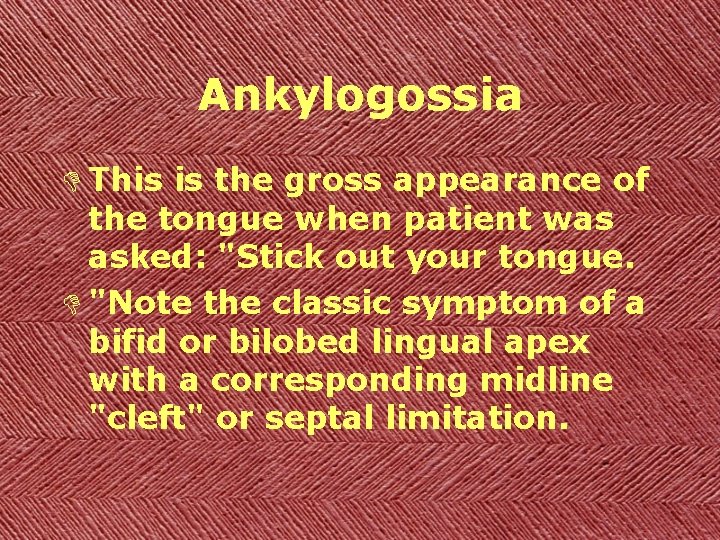

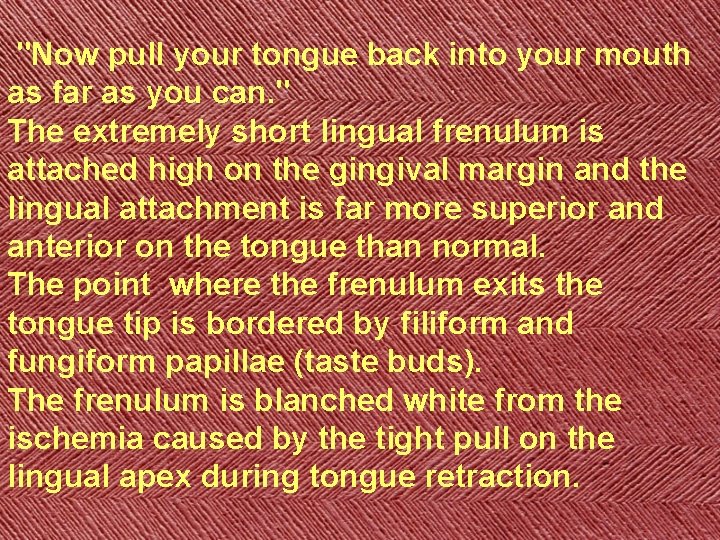
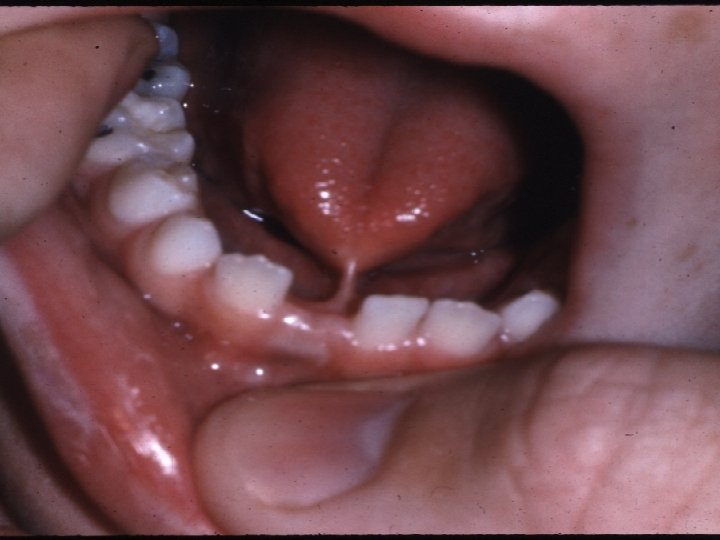
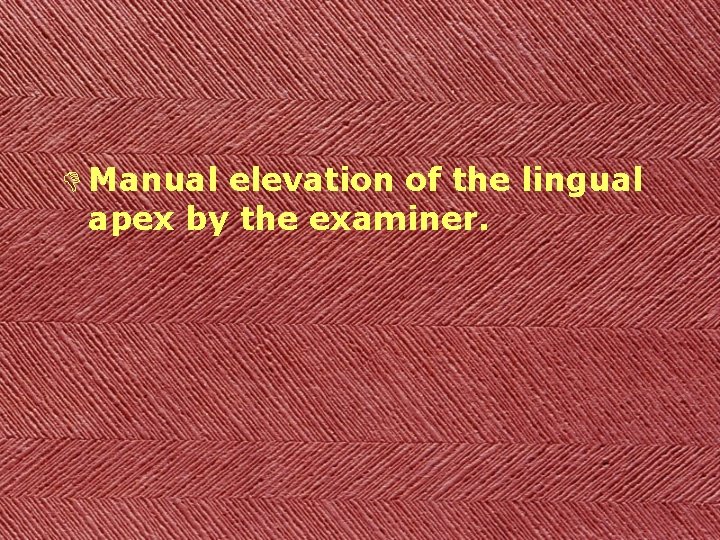

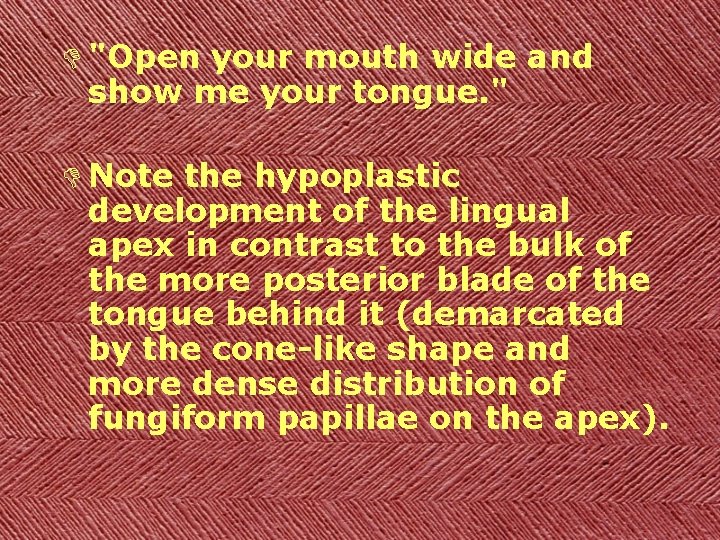
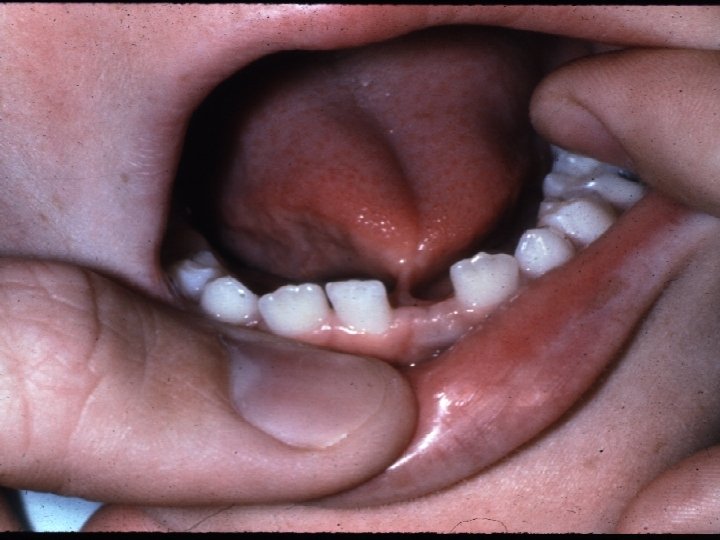
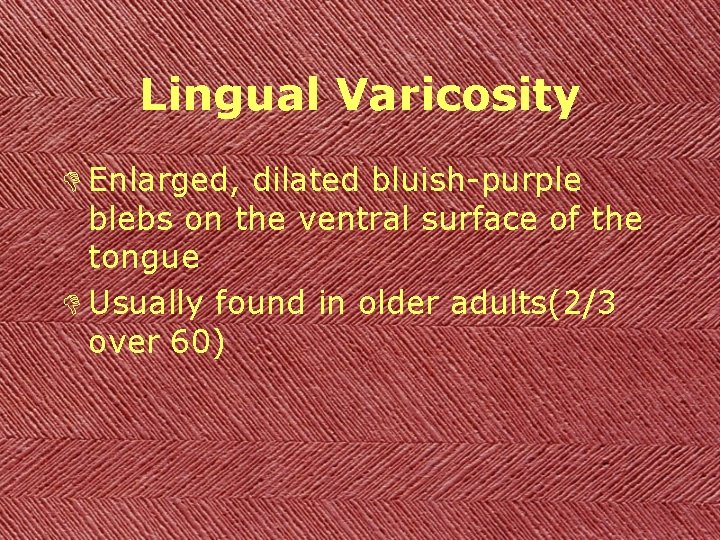
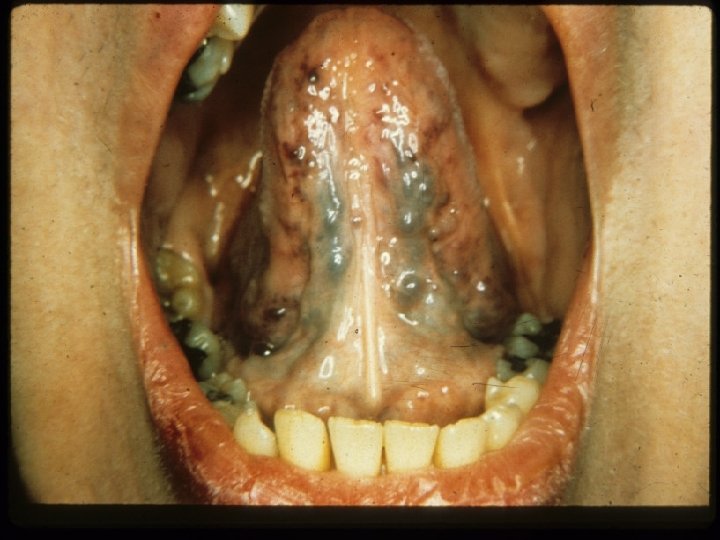
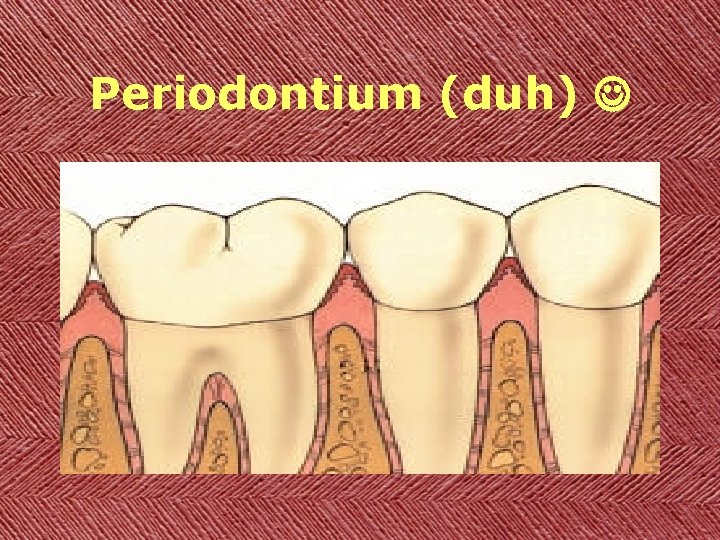
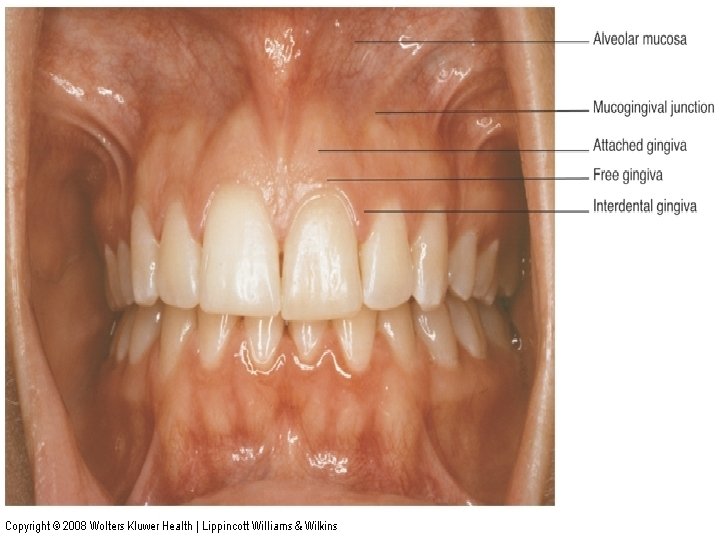
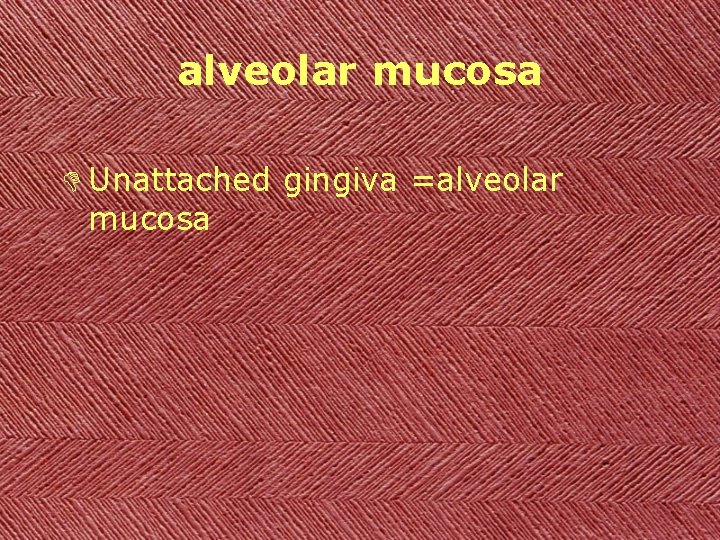
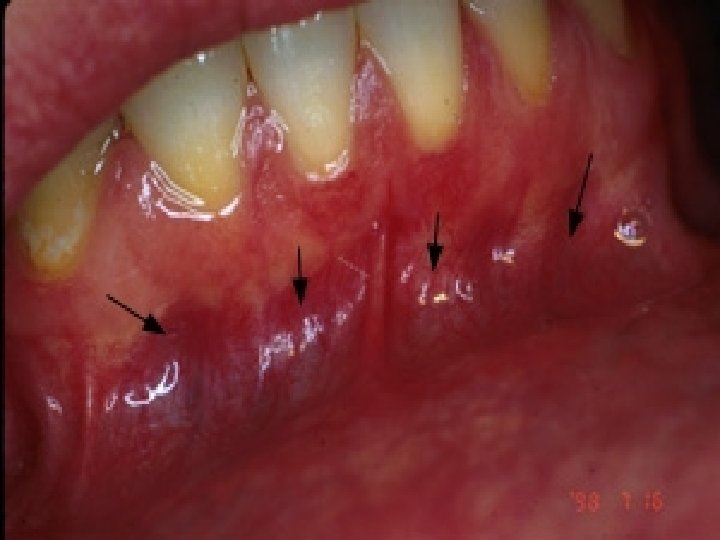
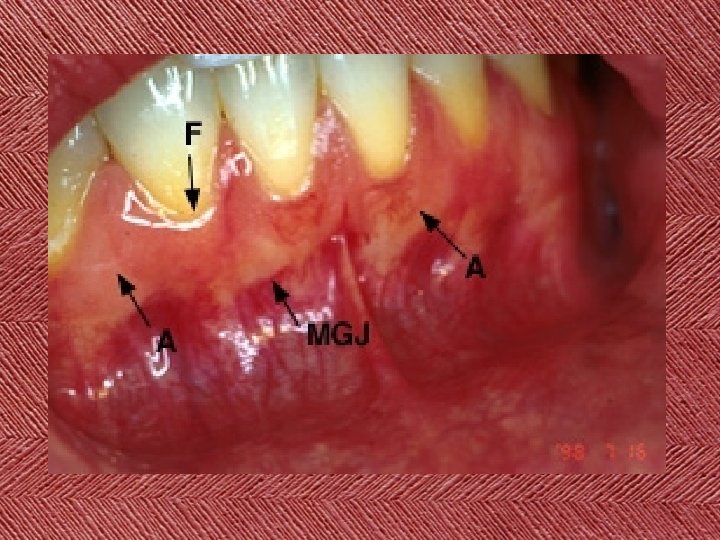
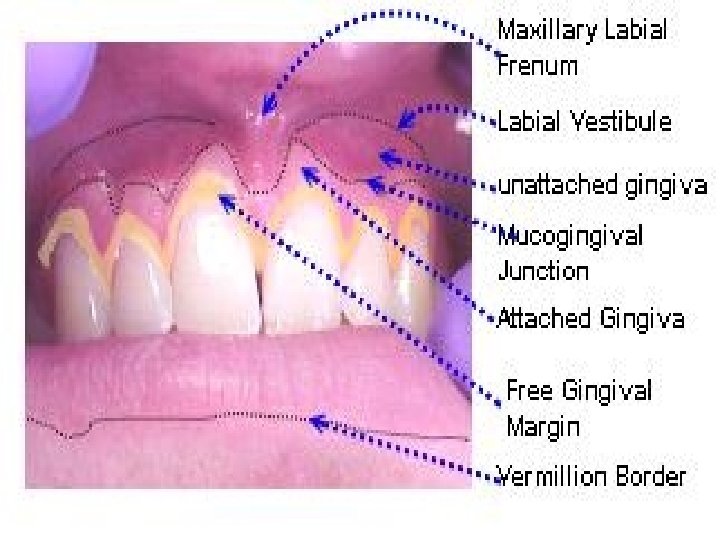
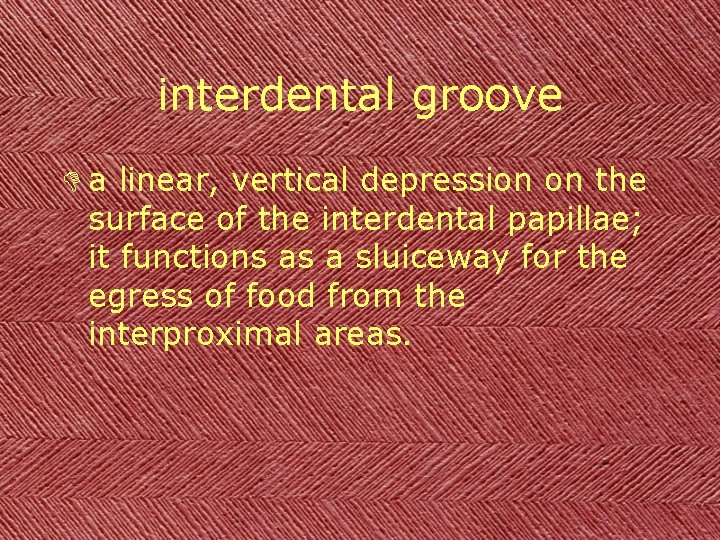
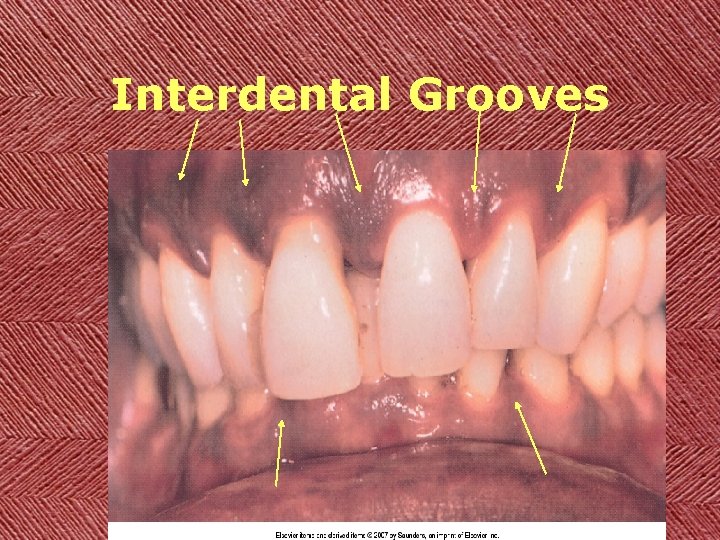
- Slides: 120

ORAL PATHOLOGY

DEFINITIONS §PATHOLOGY

DEFINITIONS §PATHOLOGY §DIAGNOSIS

DEFINITIONS §PATHOLOGY §DIAGNOSIS §DIFFERENTIAL DIAGNOSIS

DEFINITIONS §PATHOLOGY §DIAGNOSIS §DIFFERENTIAL DIAGNOSIS §ETIOLOGY

DEFINITIONS §PATHOLOGY §DIAGNOSIS §DIFFERENTIAL DIAGNOSIS §ETIOLOGY §PATHOGENESIS

DEFINITIONS §PATHOLOGY §DIAGNOSIS §DIFFERENTIAL DIAGNOSIS §ETIOLOGY §PATHOGENESIS §PROGNOSIS

DEFINITIONS §PATHOLOGY §DIAGNOSIS §DIFFERENTIAL DIAGNOSIS §ETIOLOGY §PATHOGENESIS §PROGNOSIS §DISEASE

DISEASE § Any abnormal condition of an organism or one of its parts, especially as a consequence of:

DISEASE § Any abnormal condition of an organism or one of its parts, especially as a consequence of: § Inherent Weakness

DISEASE § Any abnormal condition of an organism or one of its parts, especially as a consequence of: § Inherent Weakness § Physical Stimuli

DISEASE § Any abnormal condition of an organism or one of its parts, especially as a consequence of: § Inherent Weakness § Physical Stimuli § Infection

DISEASE § Any abnormal condition of an organism or one of its parts, especially as a consequence of: § § Inherent Weakness Physical Stimuli Infection Emotional Stress

DISEASE § Any abnormal condition of an organism or one of its parts, especially as a consequence of: § § § Inherent Weakness Physical Stimuli Infection Emotional Stress Other factors

Pathological Stimulating Factors

Pathological Stimulating Factors § Endogenous § Injuries occurring within a cell § These are primarily GENETIC

Pathological Stimulating Factors § Endogenous § Injuries occurring within the cell § These are primarily GENETIC § Exogenous § Factors occurring outside the cell § These are the most common

Pathologic Stimulating Factors include:

Pathologic Stimulating Factors include: § Trauma

Pathologic Stimulating Factors include: § Trauma § Radiation


Radiation Caries

Pathologic Stimulating Factors include: § Trauma § Radiation § Temperature

Pathologic Stimulating Factors include: § § Trauma Radiation Temperature Emotion

Pathologic Stimulating Factors include: § § § Trauma Radiation Temperature Emotion Drugs

Pathologic Stimulating Factors include: § § § Trauma Radiation Temperature Emotion Drugs Parasites

Pathologic Stimulating Factors include: § § § § Trauma Radiation Temperature Emotion Drugs Parasites Nutrition

Reaction of the Host

Reaction of the Host A. B. C. D. E. F. G. H. I. Malformations Degenerations Circulatory Disturbances Inflammation Growth of Tissue Neoplasms Developmental Disorders Inherited Disorders Congenital Disorders

Reaction of the Host A. Malformations § Example: Malformed Teeth

Reaction of the Host B. Degeneration

Reaction of the Host C. Circulatory Disturbances

Reaction of the Host C. Circulatory Disturbances § Hyperemia

Reaction of the Host C. Circulatory Disturbances § Hyperemia § Anemia

Reaction of the Host C. Circulatory Disturbances § Hyperemia § Anemia § Ischemia

Reaction of the Host C. Circulatory Disturbances § Hyperemia § Anemia § Ischemia § Infarction

Reaction of the Host C. Circulatory Disturbances § Hyperemia § Anemia § Ischemia § Infarction § Hemorrhage

Reaction of the Host C. Circulatory Disturbances § Hyperemia § Anemia § Ischemia § Infarction § Hemorrhage § Thrombosis

Reaction of the Host C. Circulatory Disturbances § Hyperemia § Anemia § Ischemia § Infarction § Hemorrhage § Thrombosis § Embolism


Reaction of the Host D. Inflammation

Reaction of the Host D. Inflammation § Cope with Foreign Agents


Reaction of the Host D. Inflammation § Cope with Foreign Agents § Proliferation of cells

Reaction of the Host D. Inflammation § Cope with Foreign Agents § Proliferation of cells § Repair-of-Tissue

Reaction of the Host D. Inflammation § Cope with Foreign Agents § Proliferation of cells § Repair-of-Tissue § Regeneration

Reaction of the Host E. Growth of Tissue

Reaction of the Host E. Growth of Tissue § Hyperplasia

Reaction of the Host E. Growth of Tissue § Hyperplasia § Hypertrophy § Atrophy

Atrophy

Reaction of the Host E. Growth of Tissue § Hyperplasia § Hypertrophy § Atrophy § Metaplasia

Reaction of the Host F. Neoplasms § § Benign Malignant § § § Metastasis Carcinoma Sardcoma

Benign Lesion

Malignant Lesion

Reaction of the Host G. Developmental Disorders

Reaction of the Host G. Developmental Disorders H. Inherited Disorders


Reaction of the Host G. Developmental Disorders H. Inherited Disorders I. Congenital Disorders

Landmarks Section added by Heidi Emmerling, RDH, Ph. D




Lips

Wet Line D The wet line is the junction between vermillion border and the mucosa of the lip.

Wet Line

Vermillion Border D The vermillion borders of the upper (A) and lower (B) lips are indicated by the arrows.


Labial Mucosa D The labial mucosae are the mucosal surfaces of the upper and lower lips. Here you see the lower labial mucosa.


Buccal Mucosa D This is a good picture of most of the right buccal mucosa of this patient. It is the inner lining of the right cheek.


Parotid Papilla D The parotid papilla or the opening of Stenson's duct (arrow) often appears as a nodule on the buccal mucosa. Don't confuse it with a lipoma or fibroma and cut it off.


Hard Palate

Hard Palate

Incisive Papilla

Incisive Papilla

Ruggae D The rugae (arrows) are frequent sites of injury.


Soft Palate

Median Palatal Raphae D The palatine raphe (arrows) is more prominent in some people than in others. It is very easily palpated in all patients.


Fovea Palatinae D At the posterior end of the hard palate, there are frequently two small depressions, the fovea palatinae. This demarcates the imaginary line of where the hard palate ends and the soft palate begins



Uvula D The uvula (arrow) is a prominant landmark at the opening of the oropharynx.


Oropharynx D The opening to the oropharynx (OP) is outlined by the broken line. The soft palate (SP) is more anterior.

D The glossopalatine arch is designate G, and the pharyngopalatine arch is designated P. These are also called the anterior pillar (G) and the posterior pillar (P) of the fauces. Between them is the tonsillar niche (N).

Enlarged tonsils



Tongue

Filiform D These are the most numerous papillae, the filiform papillae (arrows).


Fungiform D Bright red, larger, have taste buds D Yum!


Circumvallate Papilla D large on posterior of dorsum of tongue 8 -12 in number


Foliate papilla D lateral-posterior border D These are the foliate papillae (arrows). These papillae are particularly subject to trauma from biting during mastication. When they get traumatized, they are very painful and may even become infected and cause cervical lymphadenopathy


Normal frenum

Ankylogossia D This is the gross appearance of the tongue when patient was asked: "Stick out your tongue. D "Note the classic symptom of a bifid or bilobed lingual apex with a corresponding midline "cleft" or septal limitation.


"Now pull your tongue back into your mouth as far as you can. " The extremely short lingual frenulum is attached high on the gingival margin and the lingual attachment is far more superior and anterior on the tongue than normal. The point where the frenulum exits the tongue tip is bordered by filiform and fungiform papillae (taste buds). The frenulum is blanched white from the ischemia caused by the tight pull on the lingual apex during tongue retraction.


D Manual elevation of the lingual apex by the examiner.


D "Open your mouth wide and show me your tongue. " D Note the hypoplastic development of the lingual apex in contrast to the bulk of the more posterior blade of the tongue behind it (demarcated by the cone-like shape and more dense distribution of fungiform papillae on the apex).


Lingual Varicosity D Enlarged, dilated bluish-purple blebs on the ventral surface of the tongue D Usually found in older adults(2/3 over 60)


Periodontium (duh)


alveolar mucosa D Unattached gingiva =alveolar mucosa




interdental groove D a linear, vertical depression on the surface of the interdental papillae; it functions as a sluiceway for the egress of food from the interproximal areas.

Interdental Grooves